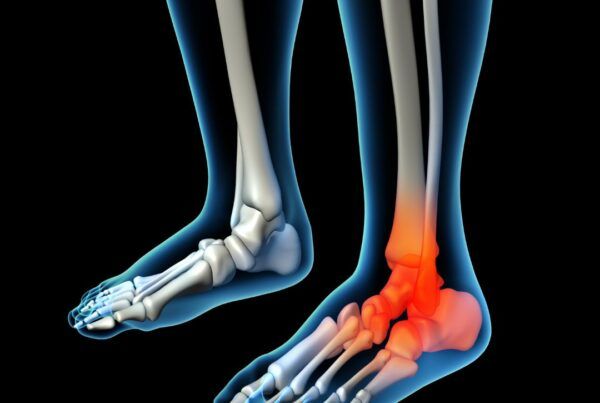
Shane Morris – Osteopaths For Industry trainer
Anyone who has ever attended an Osteopaths For Industry training course will have heard a discussion about habits. A question we like to ask delegates is “Why don’t we lift with good technique, even though we know we should?” The number one answer we always get is – ‘habit’.

First we make our habits, and then our habits make us.
A habit is a routine of behaviour that is repeated regularly and tends to occur unconsciously.
For most people the routine behaviour that occurs when lifting is stooping or bending of the back. There can be little doubt that stooping is bad for our backs, whereas our preferred lifting technique, the semi-squat, keeps the back in a strong position.
The question then, is how do we change our lifting habit from a stoop to a squat?
Habits have been under increasing scrutiny from the scientific community. They have identified a ‘Habit Loop’ that governs all habits. The habit loop consists of three elements: a cue, a routine, and a reward. A cue for a habit can be anything that triggers it. For example, hunger acts as the cue initiating the habit of eating a biscuit. In this case the routine is going to the cupboard, getting a biscuit and eating it. The reward is feeling of satiety afterwards.
In his excellent book ‘The Power of Habit’, Charles Duhigg outlines what he calls the golden rule for habit change
You can’t extinguish a bad habit, you can only change it.
Applying this to the example of the biscuit, if we try to simply overcome the desire to eat the biscuit with willpower alone we’re fighting a losing battle and will most probably succumb sooner or later.
If on the other hand we were to keep the same cue (hunger) and find a way to provide the same reward (feeling of satiety) but change the routine (eat an apple), we would obey the golden rule and greatly improve our chances of avoiding the biscuits.
This is good news in our attempt prevent stooping. In replacing the stoop technique with the semi-squat we keep the same cue (desire to move load) and the same reward (load moved/job done) we’ve simply changed the routine.
We shouldn’t make the mistake of thinking that obeying the rules of the habit change, mean it is easy to change our lifting habit. Willpower and dedication are still required. However, we should take encouragement in knowing that we are using the correct formula for habit change so a creating a positive, healthy lifting habit is well within our grasp.








